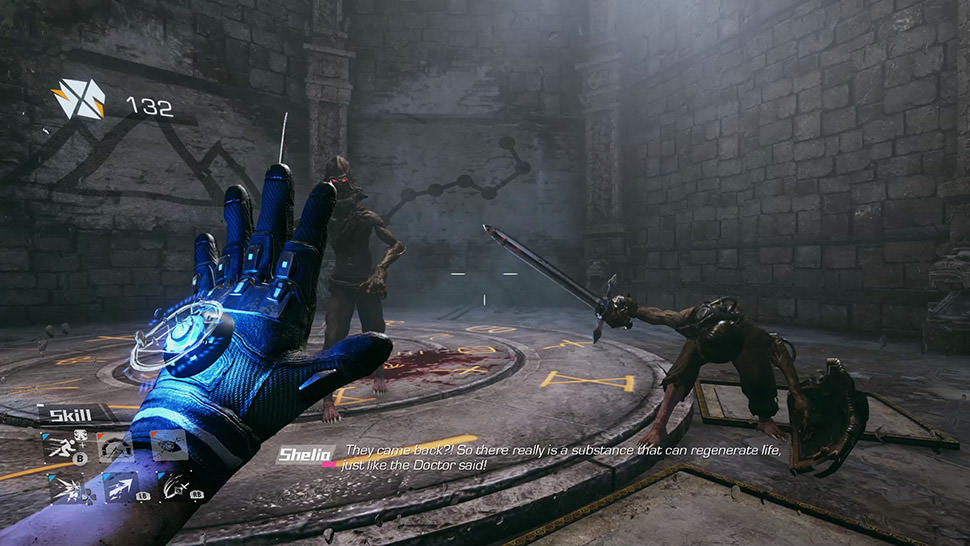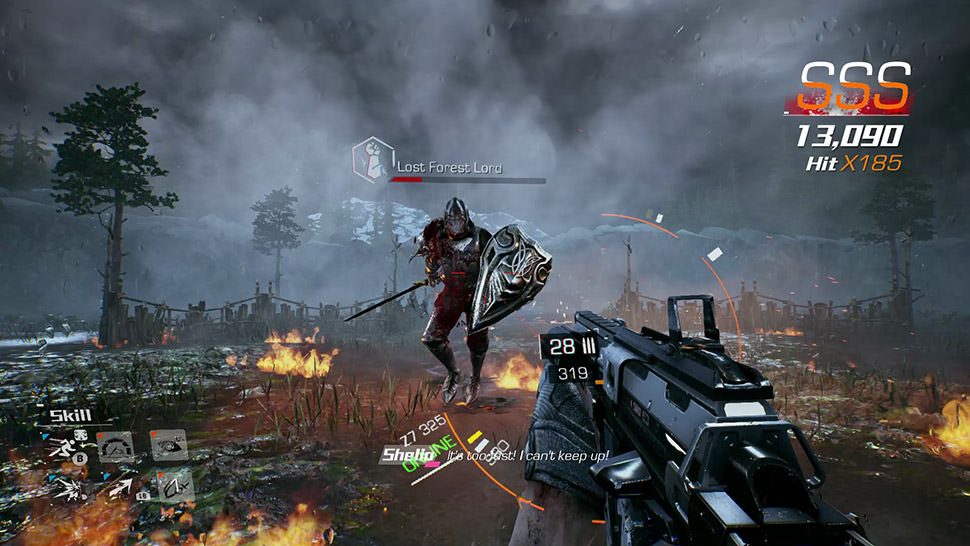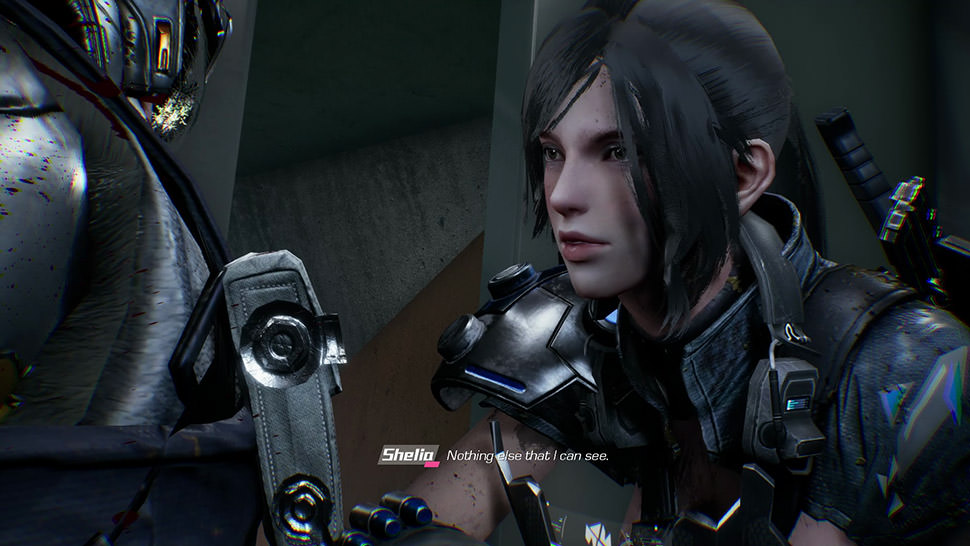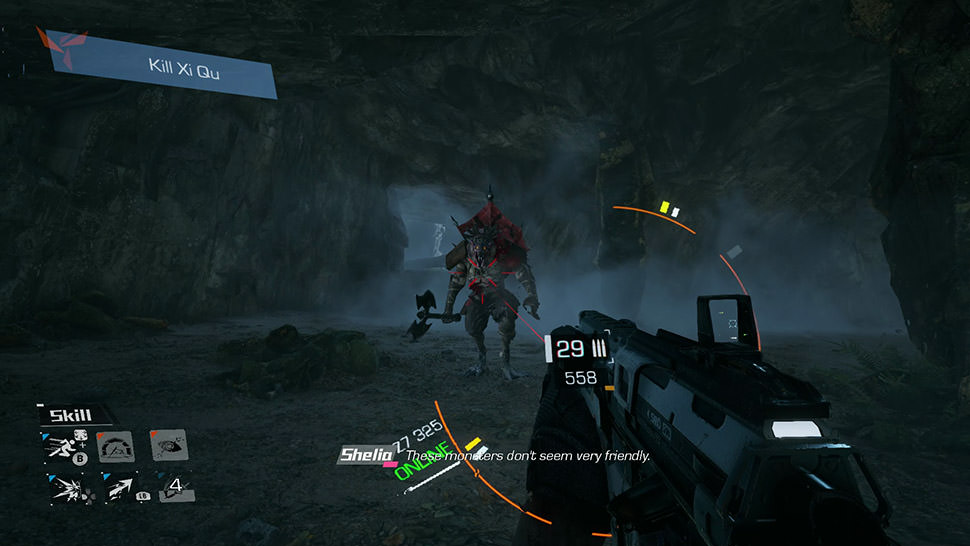Bright Memory Review

 By Kevin Mitchell | Nov 16, 2020
By Kevin Mitchell | Nov 16, 2020
Six months ago, gamers were astonished by the next-generation trailer for Bright Memory Infinite during the Xbox Series X gameplay event. Earlier in the year, the one-person development studio, FYQD-Studio, released the precursor, Bright Memory, after being on Steam Early Access for a little over a year. Originally designed as an episodic release, the idea was scrapped, with Bright Memory: Infinite serving as a full remake, with expanded gameplay and narrative. With the game being released sometime next year (it will be free for those that already own Bright Memory on PC), the original release has been ported to Xbox Series X|S to flesh out the console's lacking launch lineup.

Bright Memory isn't necessarily a complete game; it is more like a prologue or first episode of an episodic adventure that won't ever be completed. Even then, there are so many questions and things left unexplained that anyone not following the game's background may think it is sorely incomplete. Players take on the role of Sheila, an agent of the Science Research Organization (SRO), tasked with preventing the evil mercenary organization known as SAI from taking possession of an ancient relic with the power to raise the dead. After a brief skirmish, everyone is sucked through a portal, sending you to an undisturbed island floating in the sky above the North Pole, full of the undead and mythical monsters.
You have two primary firearms: a machine gun and a shotgun, with a pistol serving as your backup. The focus of the combat revolves around performing stylish combos. Every combat encounter is graded based on your performance. In a similar fashion to the Devil May Cry series, you'll use your firearms to whittle away at your enemy's health before utilizing your abilities to launch them into the air and help you perform combos.

All of your skills and abilities are tied to cooldowns. Headshots do wonders at dealing additional damage and can save you in a pinch, but you'll need to manage Sheila's dodge, as you perish in only a handful of hits, even fewer when facing a boss. You'll want to use your EMP blast, which seemingly launches most foes directly in front of you into the air, leaving them in a temporary stasis. When this happens, leap through the air and use your energy blade to slash them to pieces. Your grapple ability pulls you towards a foe, although it also helps you traverse across the environment. The sword has three types of attacks: a rapid basic slash, a light burst, and a blast with explosive energy. The regular slash can be used quite a few times by mashing the right bumper, but the remaining two can only be used once per each activation of the blade. Once you start, the energy of the blade begins to dissipate and needs to be recharged.

Your foes range from ghoulish undead knights to the mercenaries trapped with you and hellish creatures. Many massive boss encounters can kill you in only a couple of attacks, requiring you to learn attack patterns and time your dodges perfectly. As the fight progresses and you begin to chip away at their health, other foes will appear, requiring you to alter your tactics. You're not able to dodge through enemies, so getting surrounded is a death wish, especially considering you can't dodge forward, only in a 180-degree half-circle behind you. Just be careful; things can get disorienting as you try to maintain combos while shooting, dodging, and using your blade against multiple foes in first-person. In my playthrough, it led to a bunch of needless deaths. A couple of environmental puzzles are littered throughout the game, involving platforming and matching symbols using spinning rings.
Numerous games have employed a cursor-based menu system, but generally, they are still designed to work around console restrictions. In Bright Memory, it seems like the game was hastily ported, complete with some windows that still feature an "x" in the top right corner where you'd close it by clicking the mouse. Even the graphics options have been left in the game, letting you tweak things such as SSAO, shadow resolution, and even texture quality (at least the game defaults to "high"). I recommend turning on VSync, as the tearing is quite bad.

In one sequence, Sheila references "the doctor," but your guess is as good as mine on who that is. The default turning speed is beyond slow, but knocking up the sensitivity a few notches helps, though there aren't separate horizontal and vertical sensitivity options. You're meant to play through multiple times, giving you a chance to unlock all abilities by your third run. Once everything becomes unlocked, the combat does provide more options, such as using a time freeze bubble to keep foes frozen momentarily and a lightning attack. Many of the shortcomings can be overlooked, considering a single person developed the game, and it costs less than a combo meal at a fast-food establishment. Even so, there are a bunch of technical shortcomings with the release; for example, resuming the game from rest mode results in the loss of all sounds.
Simply Put
Bright Memory can be completed in just over 30 minutes the first time through but suffers from technical and control issues. It was designed as the first episode of many but comes across as an unfinished product or proof of concept, with pieces that seem ripped from other game series. There are even bonfires that don't seemingly serve any purpose, complete with a "bonfire lit" message when activated. The narrative lacks substance and any reasoning about why the events have transpired, unless you read through the game's description page, which features all the information you'd expect to find in-game.
Note: Bright Memory was reviewed on Xbox Series X. A digital copy of the game was provided by the publisher/developer.




